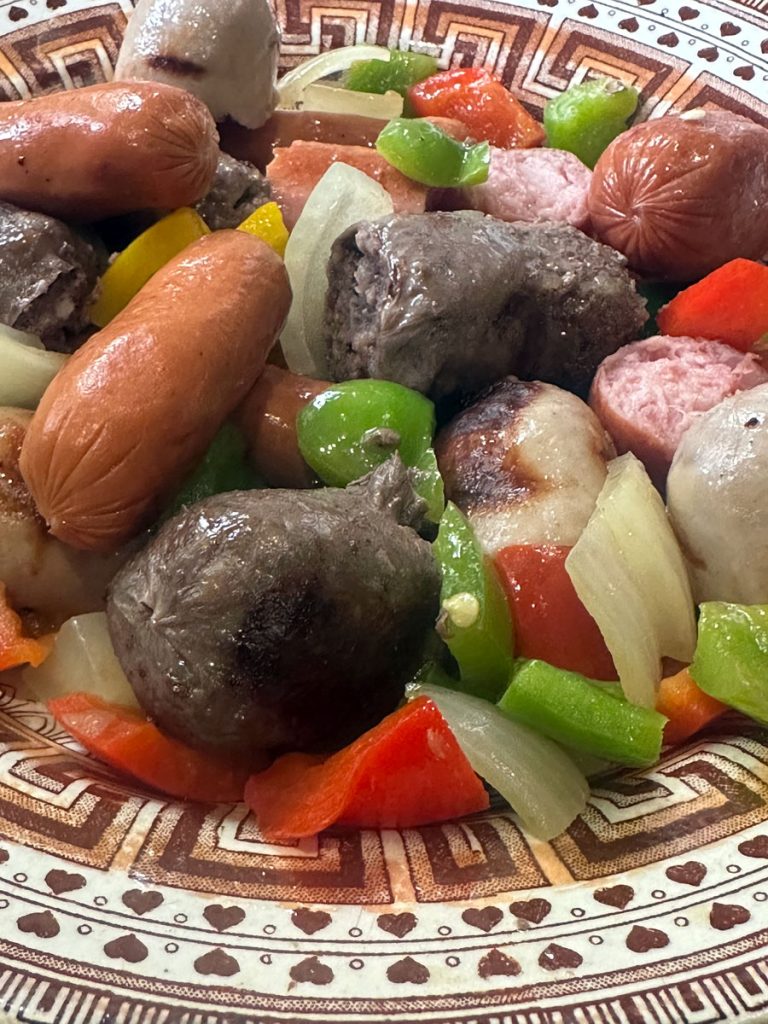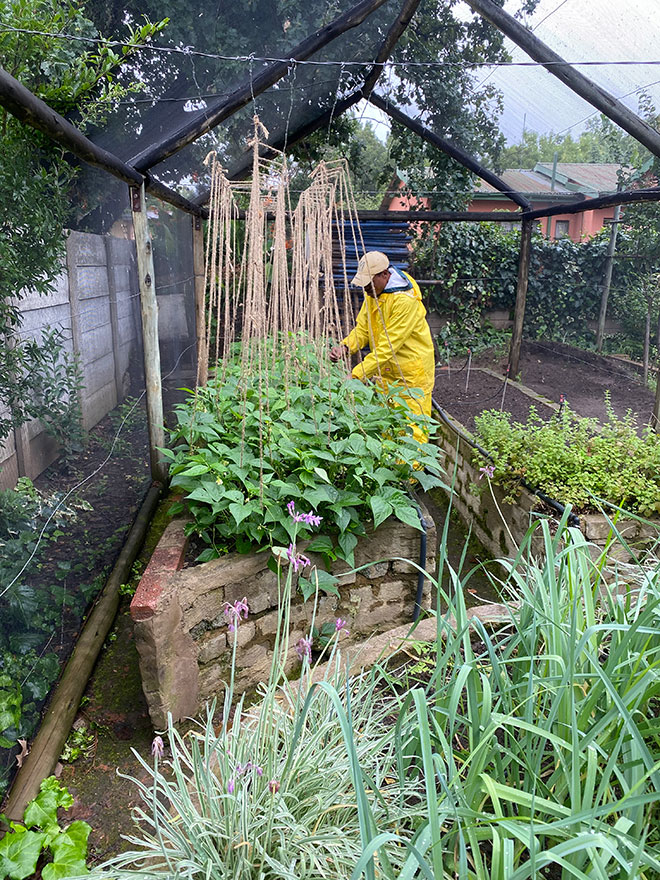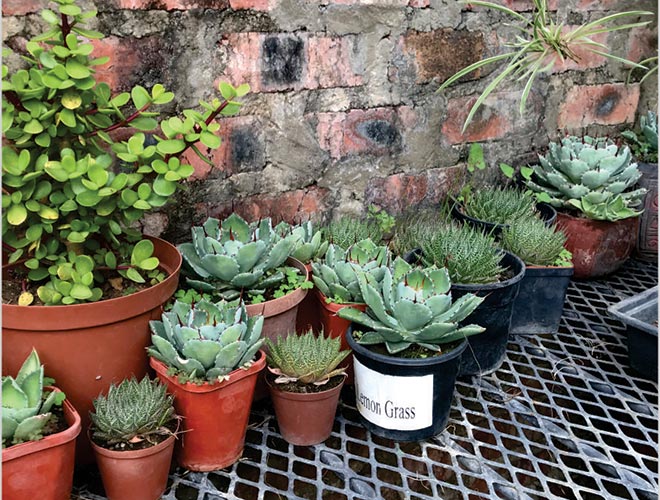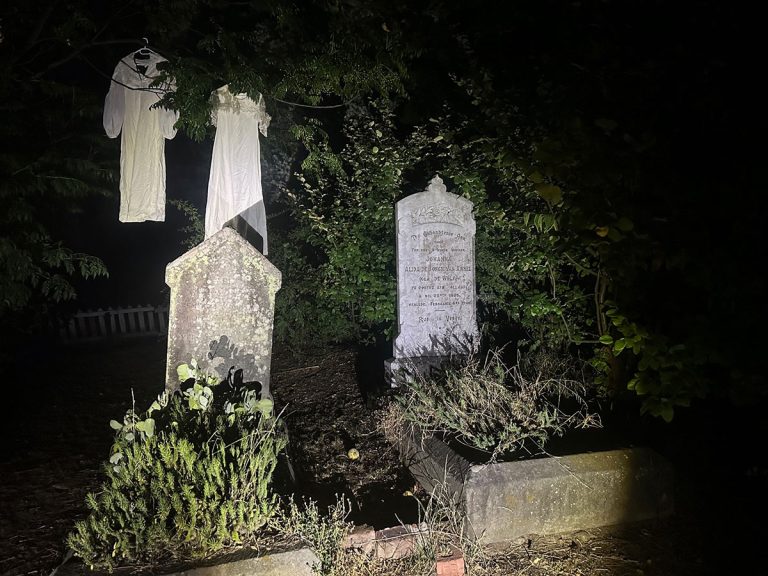Cooking from a Winter’s Garden
 There is definitely joy in cooking, more so, if you harvest some of the ingredients from the garden. And harvesting especially from a winter’s garden is even more rewarding. The words, “Nothing grows in winter” is far from the truth. Granted, some plants need protection, as they are sensitive to frost, but there are plenty other ingredients you can source from the garden.
There is definitely joy in cooking, more so, if you harvest some of the ingredients from the garden. And harvesting especially from a winter’s garden is even more rewarding. The words, “Nothing grows in winter” is far from the truth. Granted, some plants need protection, as they are sensitive to frost, but there are plenty other ingredients you can source from the garden.
Fennel grows extremely well in our little hothouse; the bulbs grow large and the foilage is lush. Fennel goes very well with fish and pork, as well as in salads.
Coriander is frost sensitive, but this year, we have not had heavy frost so far, and apart from growing them in crates in the hothouse, we have a garden box along the western wall, cathing the last rays of sunshine before the cold nights. Thoughout the winter we had cilantro (coriander) which grew lush to almost 500mm, an important ingredient to our French Omelet. We also kept some covered, just in case. Cilantro goes exceptionally well with curries and is a must have – all year round.
Although it is a general assumption that you cannot grow salads / lettuce in winter, you might be surprised to hear that they are not frost sensitive at all. And despite the cold, we still serve salads with meals. However, there is an exception – rocket might not always survive, so best is to plant them in a sunny protected spot.
Do not discard your naartjie peels – shred them and dry them – a lovely additive to homemade muesli and even rusks. Stock up your supply, you will surely miss them in summer.
Sage plants get cold – so be prepared to harvest your leaves early winter and dry a good supply. If you really would like to be creative in cooking, smoke your butter before you make sage butter – very special. Serve it on fish, or with soups and even pork schnitzel.
Another winter’s produce, is Jerusalem Artichoke – what a delight! Speaking of which, if you make a soup and fry your sage leaves to add just before you serve the soup, you’ll have your guests talking. The plant of the Jerusalem Artichoke dies down early winter, leaving a surprising harvest underground. There is more to it – you need not take them all out at once – just keep them warm and dry en dig up a few bulbs / roots when needed.
One last vegetable that is good to have in winter, are leeks. You probably know that the onion family are slow growers and if you have a flower bed to spare for 10 months, go ahead. They want sun and not too much water, and they also look good in the garden. We love to ‘steam-fry’ our leeks – sometimes as a starter, but mostly in stir-fry’s. When they are ready, take out what you need and leave the rest to bask in the sun.
With spring coming, although not right now – be prepared. Make sure your seedlings are ready for transplanting.
Should I say, happy gardening, or happing cooking? I suppose they go together, 🙂












